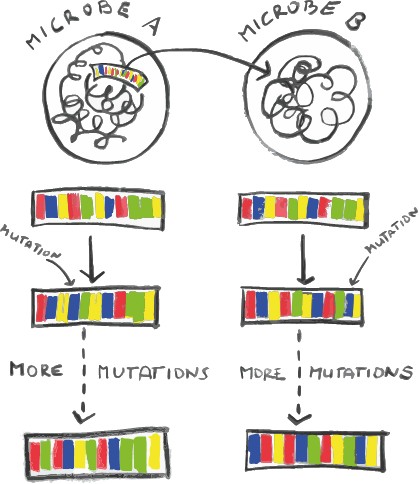Earth’s history is punctuated by extreme events known as mass extinctions. The End-Permian extinction, 252 million years ago, is believed to be the biggest, killing 90 % or more of all species – no wonder it is also called “The Great Dying”. The big question out there is to understand what caused it, but it is a challenge to get the complete picture of an event so long ago in prehistory. We know that the Siberian Traps (the enormous field of volcanic rock that lies in Siberia) were formed around that time and that volcanic activity was a likely trigger for this mass extinction. But what actually happened? And why did so many species, including many groups of insects, disappear?
Last year, an article appeared that brought forward a new hypothesis. From evidence in rock cores, Daniel Rothman and co-authors [1,2] concluded that around the end of the Permian, a lot of organic carbon that was formerly trapped in the sediments was converted into CO2. This change happened so fast that its release was exponential.

